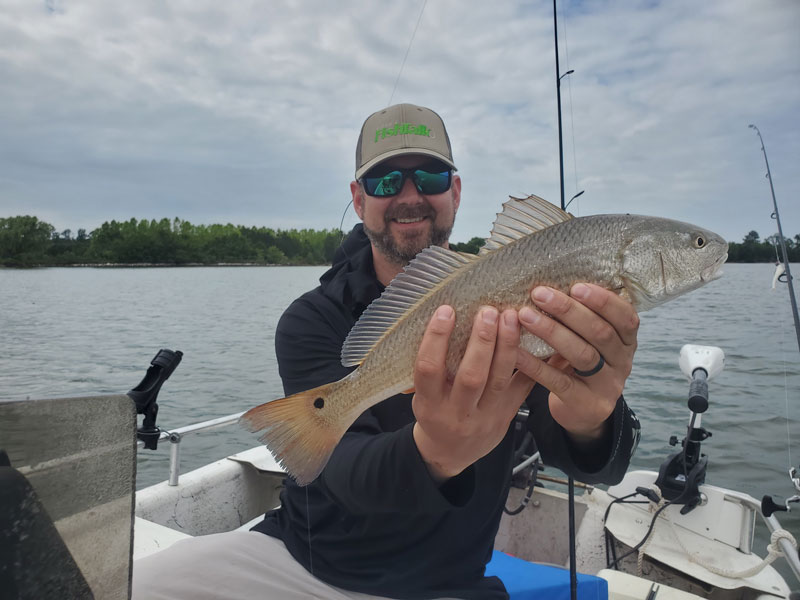One recent evening we pulled up to the Thomas Point lighthouse rocks, Spot-locked in place with the Minn Kota on the bow, and caught one fish after the next for half an hour. Then an older center console with a two-stroke on the transom started fishing the other side of the rocks. They weren’t catching and we had enjoyed our fill, so we waved them over into the hot zone. With a ripping tide the captain had to shift into and out of gear to keep the boat in position, but he did a good job of it as the other angler aboard pitched his offering into just the right spot over and over again… and didn’t get a single bite. Nor did we get another hit from that point on. Ouch.

I can’t say for sure if the fish were spooked by the noise of the two-stroke, we had worn the spot out by the time they came over, or if the fish just plain quit biting. But I do know, as has been proven many times, that an idling two-stroke makes quite a racket underwater and shifting into and out of gear also makes a metal-on-metal bang that sounds like a gunshot beneath the waves.
I felt terrible for those guys — they were working it as hard as they could and looked to be doing everything right. The example of FishTalk’s own Zach Ditmars, our Art Director and Kayak Fishing Sharpie, however, proves illuminating.
A year or so ago Zach picked up an old 16’ Carolina Skiff powered by a two-stroke, and spent much of last season and the winter refurbishing it. (You can read about it in Carolina on My Mind: A Carolina Skiff J16 Restoration). One of the improvements he made was building a light but sturdy Starboard motor mount and bolting it to one corner of the transom around the low-profile grabrail. Then he put on a small but easily affordable 55-lb thrust Minn Kota Riptide electric trolling motor.
He took me fishing on that boat a few weeks back, and although not quirk-free, the rig worked magnificently. He used the blapping, belching outboard to get us into the general vicinity of the fish, then shut it down and maneuvered around in complete stealth. We caught specks, reds, and rockfish, all in shallow weedbeds where a noisy presence is sure to spook the fish. It may not have been ideal; top speed was just 2.3 mph, he had to work the tiller regularly to keep the boat properly positioned when the wind was blowing, and at times it was necessary to allow the boat to blow out of position far enough to avoid spooking the fish when re-starting the outboard and making a more major reposition. But it worked, and it worked a whole lot better than I would have guessed — a cooler full of fish proved it.
If you have a boat with a two-stroke you may not want to replace it because it runs great, it’s balanced ideally for the boat, or the economics just don’t work out. Or, maybe you have a four-stroke and want to get even stealthier or have more micro-maneuvering abilities. Either way, Zach’s rig fished so well it even gave me a bit of boat-envy and caused me to consider adding an electric eggbeater to my 16’ skiff. Most of the time I use that boat for crabbing, not fishing, but there are plenty of times I throw it on the trailer and haul it here or there to fish different waterways. And it sure would be nice to have a stealthy trolling motor to maneuver around with. I guess I’d better get to work. Dang it, Zach…